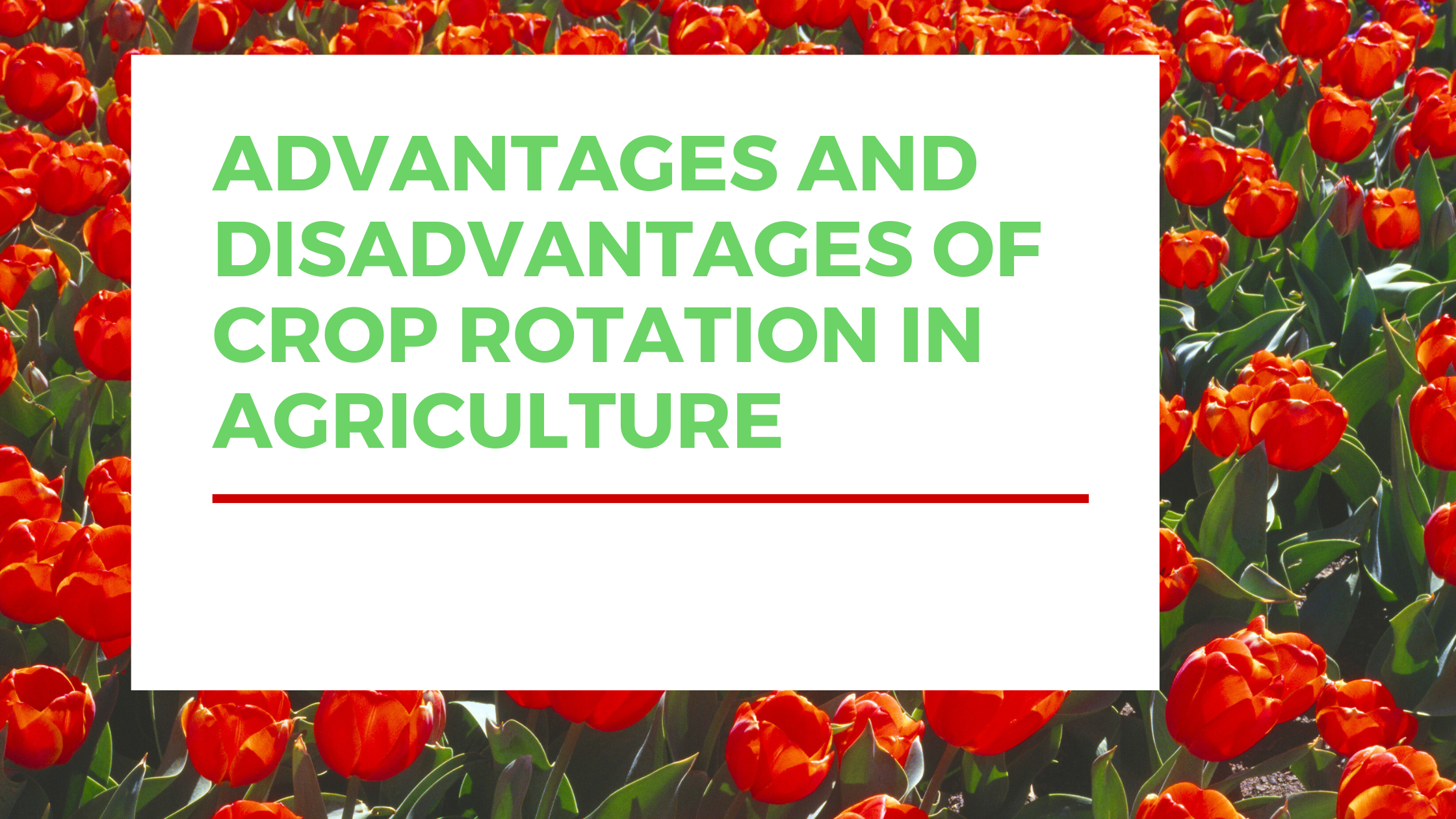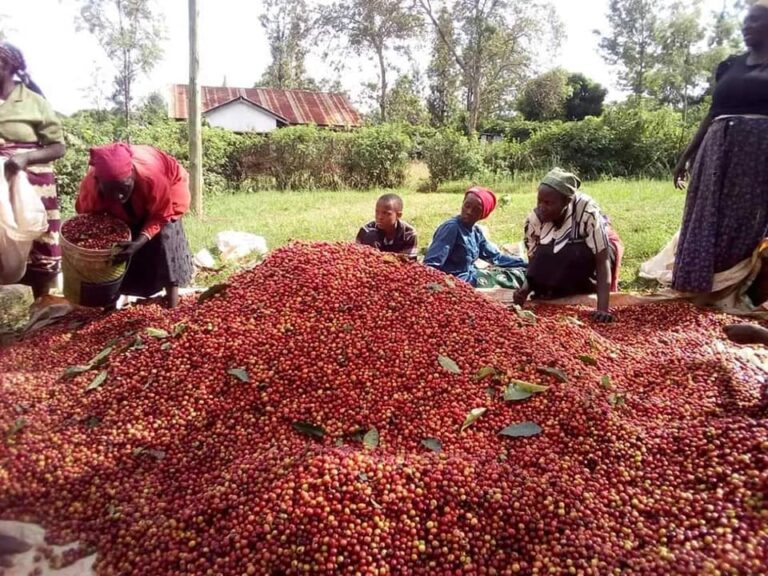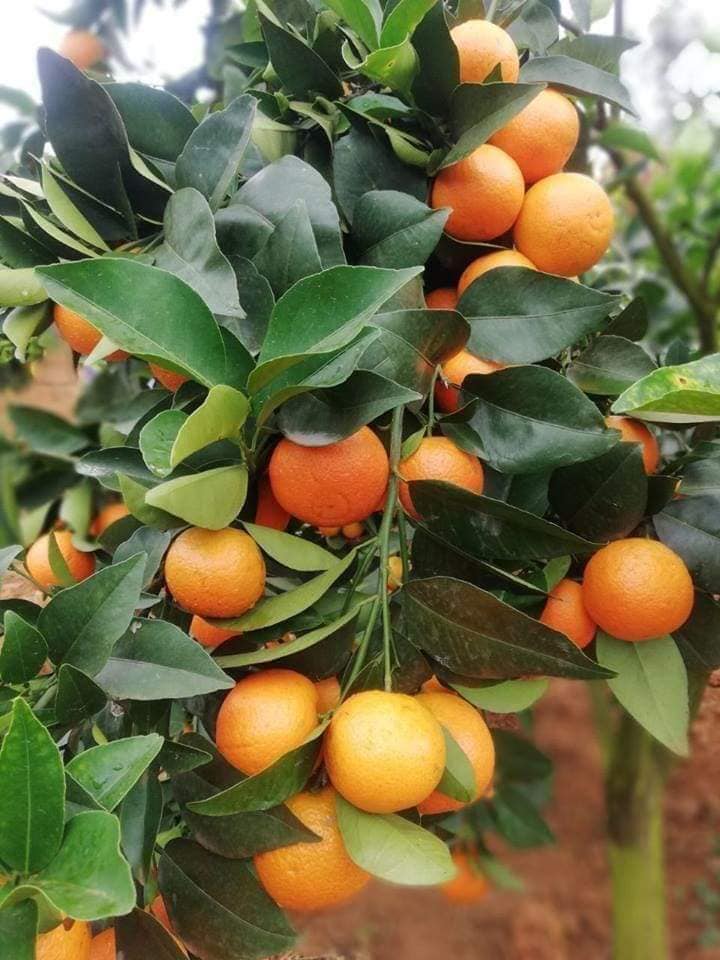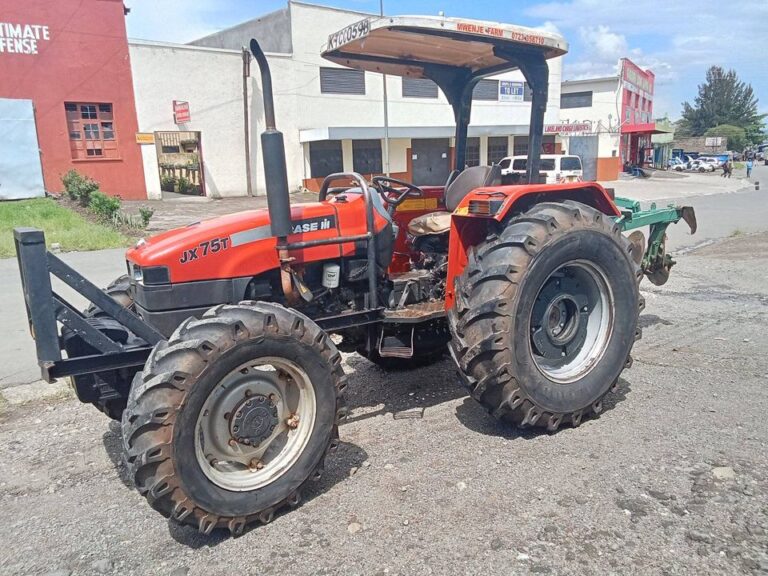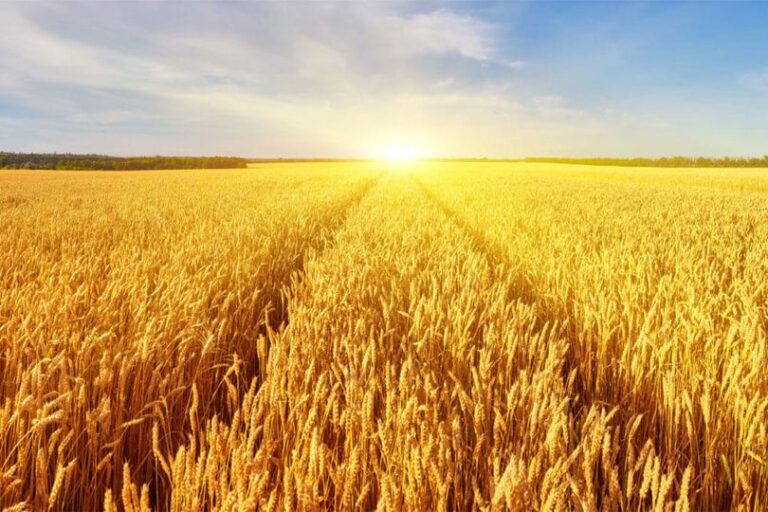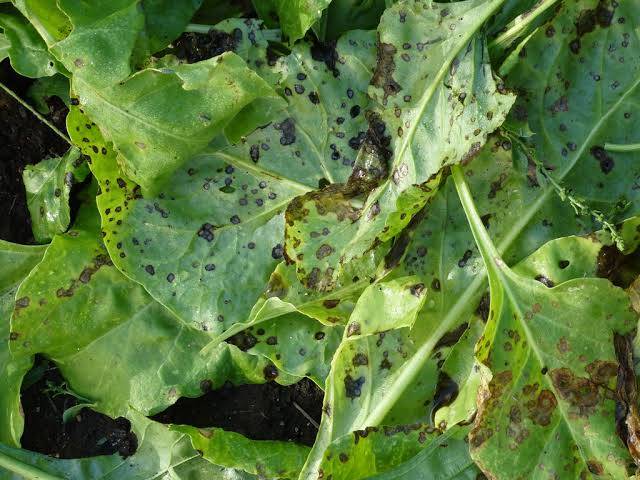What Is Crop Rotation In Agriculture?
Crop rotation is a popular technique in agriculture that involves planting different crops on the same land in a specific manner to maximize benefits and minimize drawbacks
By rotating crops, farmers can prevent soil nutrient depletion, reduce disease and pest interferences, and achieve higher productivity.
However, like any agricultural practice, crop rotation has its pros and cons that need to be considered.
In this article, I will explore the advantages and disadvantages of crop rotation in agriculture, highlighting its benefits and limitations.
I will also discuss various crop rotation techniques and their impact on crop yields, cost-effectiveness, and environmental sustainability.
Key Takeaways:
- Crop rotation increases crop yields by preventing soil nutrient depletion and reducing disease and pest interferences.
- It is a cost-effective practice as it reduces the need for synthetic fertilizers and pesticides.
- Crop rotation contributes to environmental sustainability by improving soil health, reducing degradation and erosion, and conserving freshwater resources.
- However, crop rotation may pose challenges for farmers, such as the need for different growing conditions and the risk of crop losses due to disease and pests.
- Despite the limitations, the benefits of crop rotation outweigh the drawbacks, making it a valuable practice in agriculture.
The Importance of Crop Rotation in Agriculture
Crop rotation is a fundamental practice in agriculture that offers a multitude of benefits and plays a vital role in sustainable farming practices.
By rotating crops, farmers can optimize soil fertility, manage diseases and pests, control weeds, and enhance water utilization.
Enhanced Soil Fertility
One of the key advantages of crop rotation is its ability to maintain and improve soil fertility. Different crops have varying nutrient requirements, and by rotating crops, farmers can prevent the depletion of specific nutrients in the soil.
For example, legume crops, such as alfalfa or soybeans, have nitrogen-fixing capabilities. These crops enrich the soil with nitrogen, benefiting subsequent crops with high nitrogen demands, such as corn or wheat.
Disease and Pest Control
Crop rotation is an effective strategy for managing diseases and pests in agriculture. By breaking the life cycles of pathogens and pests, farmers can reduce their populations and minimize the risk of outbreaks.
Crop rotation disrupts the favorable conditions for pathogens and pests, making it difficult for them to establish and proliferate. This reduces the reliance on synthetic pesticides, promoting environmentally friendly pest management practices.
Weed Management
Crop rotation also contributes to weed management in farming. By planting a variety of crops with different growth characteristics, it becomes challenging for specific weed species to dominate the field. This reduces the reliance on herbicides and promotes natural weed suppression. The diversity in crop types and growth habits can smother weeds and limit their ability to compete with cash crops for resources.
Optimized Water Utilization
Crop rotation can also enhance water utilization in agriculture. By incorporating crops with different rooting depths, farmers can tap into different levels of soil moisture.
Deep-rooted crops can access deep soil moisture reserves, while shallow-rooted crops benefit from the water stored in the upper soil layers. This ensures efficient utilization of water resources and mitigates the risk of water stress for crops.
Overall, crop rotation is a valuable and essential practice in agriculture. It supports soil health and fertility, aids in disease and pest control, manages weeds, and optimizes water utilization.
By implementing crop rotation, farmers can create a sustainable farming ecosystem that maximizes crop yields while minimizing the negative environmental impacts associated with monoculture farming.
| Crop Rotation Benefits |
|---|
| Enhanced soil fertility |
| Disease and pest control |
| Weed management |
| Optimized water utilization |
Limitations and Considerations of Crop Rotation
While crop rotation offers numerous benefits, it is important to consider its limitations and potential drawbacks. Understanding these factors can help farmers make informed decisions about whether crop rotation is the right practice for their specific circumstances.
One limitation of crop rotation is the requirement for specific machinery and equipment. Different crops may necessitate different types of equipment, leading to higher initial costs for farmers.
However, with careful planning and investment, farmers can overcome this challenge and reap the long-term benefits of crop rotation.
Another consideration is the need for additional knowledge and skills. Implementing crop rotation effectively requires a deeper understanding of crop compatibility, growing conditions, and disease and pest management strategies.
By acquiring the relevant knowledge and skills, farmers can optimize the benefits of crop rotation and mitigate potential risks.
In certain climates and geographical areas, crop rotation may not be suitable. Some crops may struggle to thrive in specific soil types or climates, making monoculture a more viable option.
Farmers should assess their local conditions and consult with agricultural experts to determine the feasibility of crop rotation in their region.
FAQ
What is crop rotation in agriculture?
Crop rotation is a popular technique in agriculture that involves planting different crops on the same land in a specific manner to maximize benefits and minimize drawbacks.
What are the advantages of crop rotation?
The advantages of crop rotation include increased crop yields, cost-effectiveness, and environmental sustainability. It helps prevent soil nutrient depletion, reduces disease and pest interferences, and improves soil health and structure.
How does crop rotation contribute to environmental sustainability?
Crop rotation improves soil health and structure, reduces soil degradation and erosion, and conserves freshwater resources by enhancing moisture absorption rates.
What are the disadvantages of crop rotation?
Some disadvantages of crop rotation include the need for different growing conditions for various crops, the risk of crop losses due to disease and pests, and the requirement for additional knowledge and equipment.
How does crop rotation maintain soil fertility?
Crop rotation prevents the depletion of specific nutrients and promotes nutrient recycling, resulting in improved soil properties. Nitrogen contribution from legumes is another important aspect of crop rotation.
How does crop rotation help with disease and pest control?
By breaking the life cycles of pathogens and pests, crop rotation reduces their populations and minimizes the risk of outbreaks.
Does crop rotation help with weed management?
Yes, planting a variety of crops with different characteristics makes it difficult for specific weed species to dominate, reducing the need for herbicides.
How does crop rotation optimize water utilization?
Deep-rooted crops tap into deep soil moisture reserves, while shallow-rooted crops benefit from the water stored in the upper soil layers, enhancing overall water utilization.
Are there any limitations to crop rotation?
Some limitations include the need for specific machinery and equipment, additional knowledge and skills, and unsuitability in certain climates and geographical areas.
How can farmers overcome the challenges of crop rotation?
Farmers can overcome the challenges by investing in the necessary equipment, acquiring the relevant knowledge, and carefully planning their crop rotations.
Is crop rotation a valuable practice in agriculture?
Despite its limitations, crop rotation remains a valuable practice in sustainable agriculture due to its benefits in soil health, disease and pest control, weed management, and crop yield enhancement.
